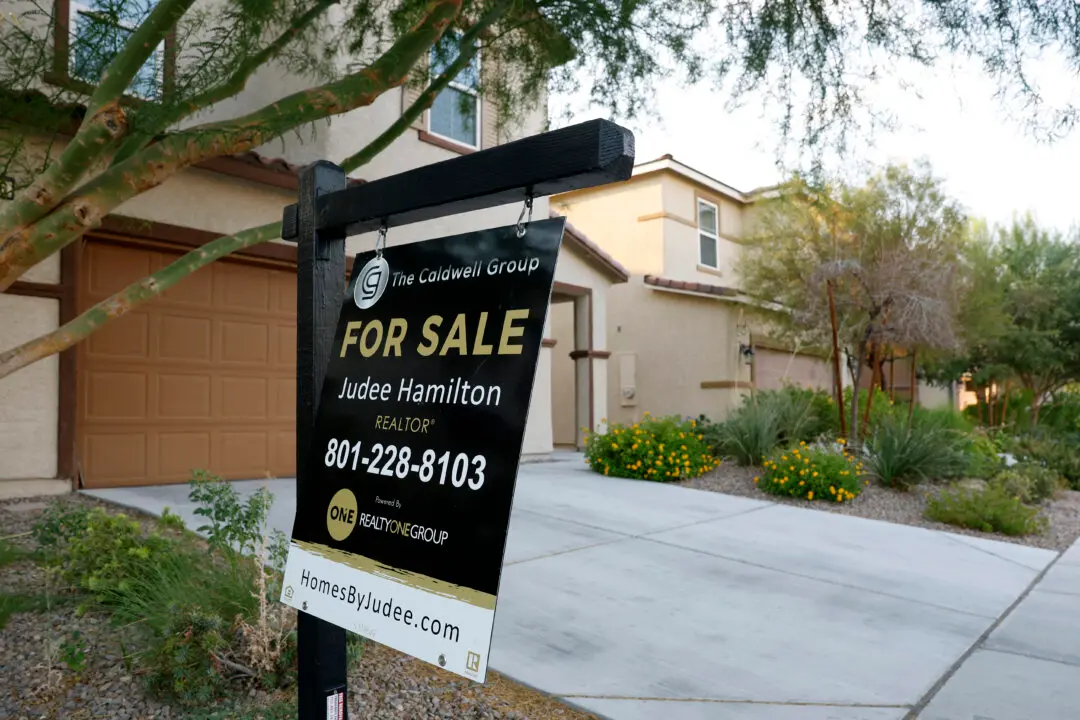WASHINGTON—Entrepreneurs in small towns and rural communities throughout the United States face a hard time having access to cash. Despite economic recovery and an improved lending environment, challenges persist, according to lawmakers from both sides of the aisle.
“Access to affordable credit for small and main street businesses remains a persistent challenge,” Sen. Jeanne Shaheen (D-N.H.) said during a small business event at the Bipartisan Policy Center (BPC) on Jan. 30.





